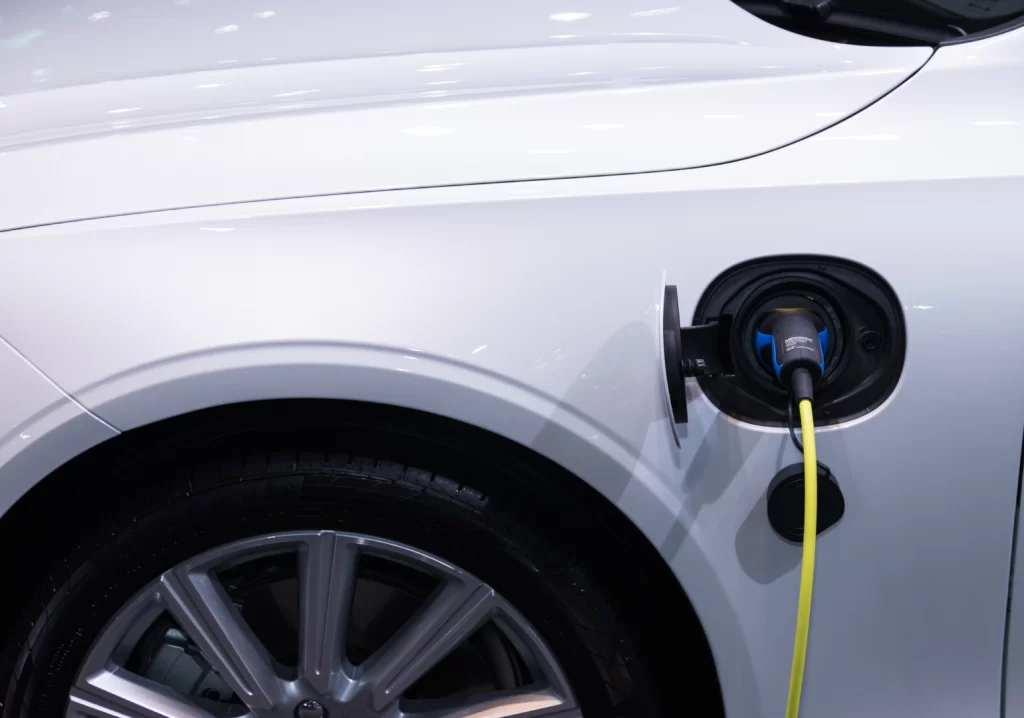EV sales are on the rise globally, but progress in Australia remains sluggish – here are five charts that depict past and future trends for EVs.
As governments and industry make commitments to reaching net zero emissions and, gradually, do better by the environment, investment in technologies reliant on renewable energy such as electric vehicles, or EVs, is paramount.
But while EV sales are on the rise globally, progress in Australia remains sluggish.
A 2023 report published by IEEE Spectrum describes the uptake of EVs as predicated not only on the technology existing to build vehicles to combat climate change, but also on political and economic factors.
“Electric vehicles are more than just a new technology for combating climate change,” states report author Robert N Charette. “In the United States, for instance, policymakers view EVs as the tip of the spear for a vast program of government-directed economic nationalism — the economic, environmental, and societal change aimed at completely reshaping the nation’s US $26 trillion economy away from fossil fuels.
“They see normal market forces as inadequate to meet the imposed climate deadlines.”
In Australia, market forces can stagnate true progress; there are currently no clear targets for EVs of fuel emissions standards.
“At the moment, everybody knows climate change and sustainability [are] a major issue,” Nee Nee Ong FIEAust CPEng EngExec, Senior Electrical Engineer with GHD, recently told create.
“But industry, organisations and government are having a hard time trying to have great things happen in this area.”
As governments drag their feet, independent industry bodies outline potential ways to approach the energy and climate crisis.
The International Energy Agency (IEA) has published an array of data pertaining to EVs sales, critical minerals policy, fossil fuel imports, offshore wind potential and other aspects of the energy sector. Data contained in its Global EV Outlook report tells a story about historical and projected trends in the EV industry — and how EVs could help achieve net zero targets.
Here are five graphs that explain the uptake of EVs in Australia and globally.
EV sales
The IEA’s data outlines sales in two categories: sales of plug-in hybrid vehicles (PHEVs) and sales of battery electric vehicles (BEVs).
The below graph shows how EV sales in Australia started slowly but have since recently increased at pace. Equally, the volume of PHEVs sales remained similar to that of BEVs until 2019, when the plug-in hybrid option began to spike upwards considerably.
At the same time, the number of EVs sold in Australia 2022 is only a small proportion of sales made across the globe in the same year.
The below graph shows the world’s total EV sales reaching 10 million in 2022; Australia’s 40,000 is a far cry from the global figure.
A similar trend to Australia can be seen, however, in the increasing preference for PHEVs over BEVs. Also, the exponential rate of growth is clear across the world as it is in Australia.
EV sales share
To gauge the number of EVs as a proportion of all vehicles sold — electric or otherwise — we must look instead at the EV sales share.
The below graph shows the sales share of EVs until last year (note that no IEA data was published specifically for Australia).
Looking ahead, what does the future of EV sales look like? The predictions outlined in the Global EV Outlook — covering EV sales in 2025 and 2030 — have been made based on existing sales data, and could see sales hit almost 37 million by the start of the next decade.
A similar picture of progress is presented when we look at projected sales share of EVs globally — and could mean that over one third of all vehicles sold in 2030 are electric.
If the coming years see increased effort from governments and industry players to cooperate, lay down progressive policies incentivising the production of electric vehicles, and advocate for further uptake by the general public, it could mean reaching that 36 per cent figure sooner than 2030 — pushing things along the path to net zero emissions, at least in the realm of vehicle transport, with more vigour than has been seen before.
Discuss the future of EVs and the energy sector at Engineers Australia’s Climate Smart Engineering 2023.
